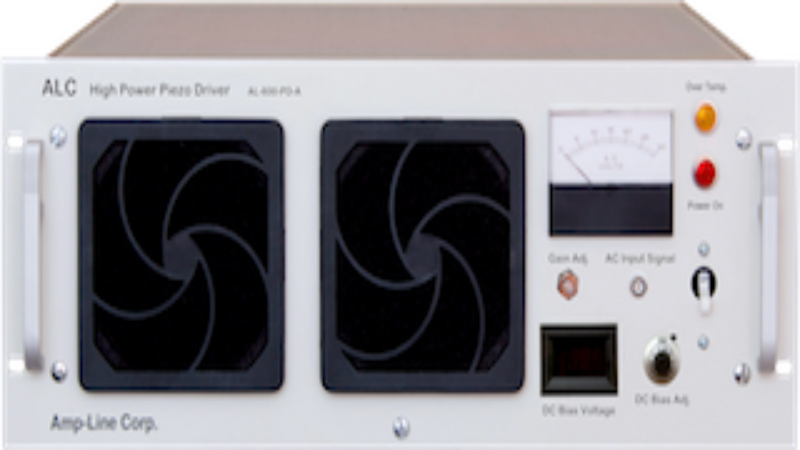When it comes to industrial and lab equipment, voltage signals are crucial. Each piece of equipment has its own specific set of power requirements and it is not as simple as plugging into a 220-volt outlet.
For instance, an ultrasonic frequency amplifier can be used in labs to amplify certain voltage signals at higher frequencies. This is different in a few ways, which will be covered in the space below.
Ultrasonic Amplifier
Audio frequencies, which are generally between 20Hz and 20kHz, are different from ultrasonic frequencies. The latter falls above the 20kHz line and generally into the hundreds of kilohertz and some can even get to MHz.
Using an ultrasonic frequency amplifier can result in lower transducer impedance at a higher frequency. They also amplify the signal source, outputting high current and high voltage. All of which is perfect for amplifying signals.
Amplifier Uses
If this technology is somewhat new to you, there are a lot of very practical applications in which an ultrasonic frequency amplifier can be used. Generally speaking, they are used for a variety of different applications such as ultrasonic cleaning, ultrasonic drilling, and even in certain medical applications such as cosmetics.
Whatever the case may be, finding the proper amplifier is key. There are certain specifications and schematics to be followed. That means getting the right amplifier for your needs. No matter what setting, lab, or otherwise, an ultrasonic amplifier can make a difference in producing high-frequency waveform signals. For more information, please visit Amp-Line Corp.
